Optimal Timing for Hedge Pruning
Hedge pruning is a vital maintenance task that influences the health, appearance, and growth pattern of hedges. Proper timing ensures optimal growth and minimizes stress on the plants. The ideal time for hedge prunings varies depending on the species, local climate, and desired hedge shape.
Pruning in early spring encourages vigorous growth and helps shape the hedge before the active growing season begins.
Late summer pruning can control size and shape, promoting denser foliage and preparing the hedge for winter.
Pruning during dormancy, typically in late fall or winter, reduces stress and allows for healthy regrowth in spring.
Pruning during flowering periods can reduce bloom production and should generally be avoided unless shaping is necessary.

A gardener trimming a hedge in early spring.

Pruning hedge in late summer for shape and density.
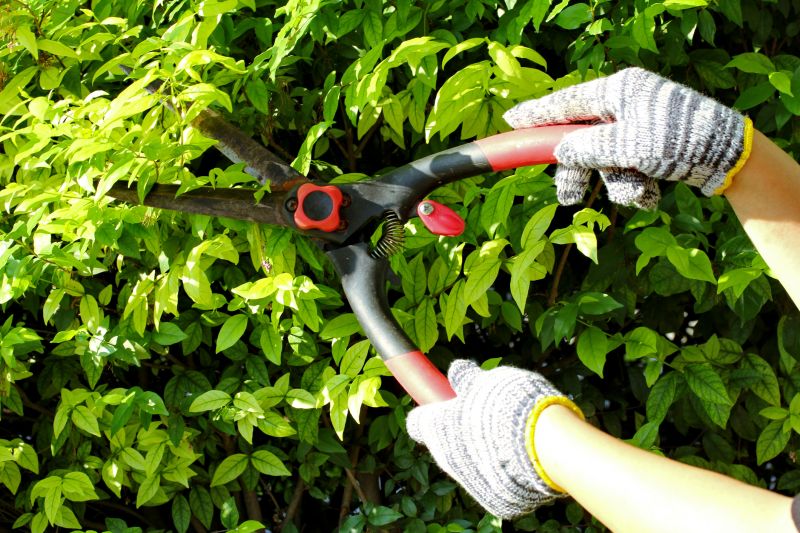
Pruning hedge during dormancy period.
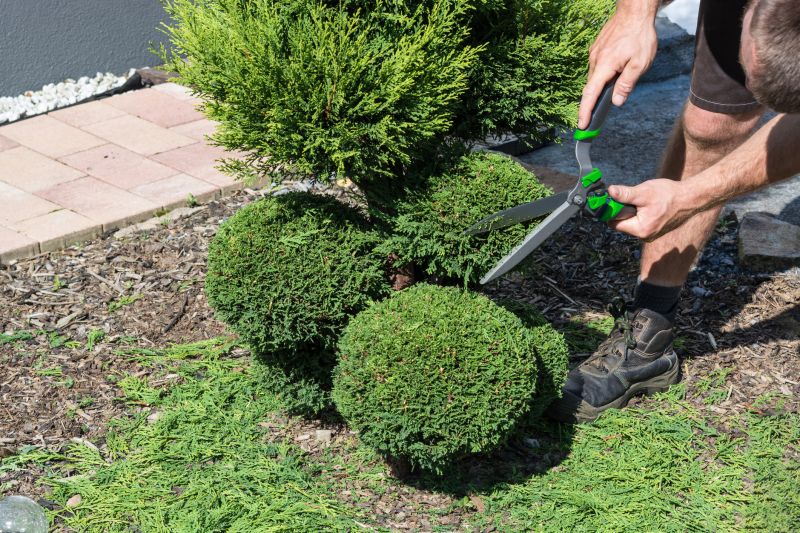
Ways to make Hedge Prunings work in tight or awkward layouts.

Popular materials for Hedge Prunings and why they hold up over time.

Simple add-ons that improve Hedge Prunings without blowing the budget.
| Season | Best Practices |
|---|---|
| Spring | Prune early to shape and stimulate growth. |
| Late Summer | Control size and promote density. |
| Fall/Winter | Prune during dormancy to reduce stress. |
| During Blooming | Avoid unless necessary to prevent bloom loss. |
| Frequency | Typically twice a year for maintenance. |

A gardener trimming a hedge in early spring.

Maintaining shape during summer growth.
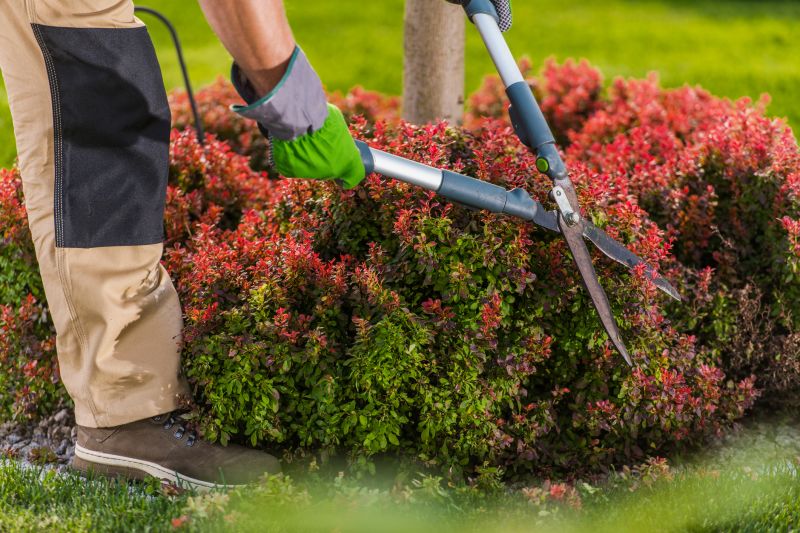
Pruning during the plant's dormant phase.

Close-up of lush hedge foliage after pruning.
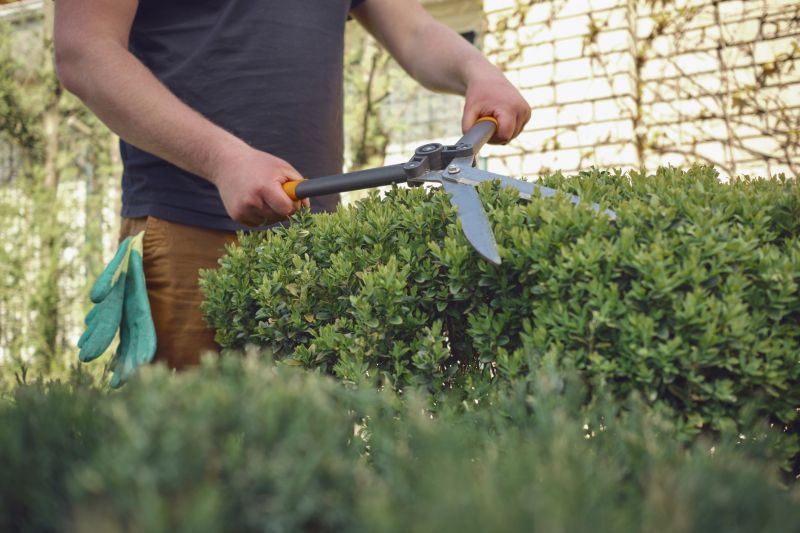
Finishes and colors that play nicely with Hedge Prunings.
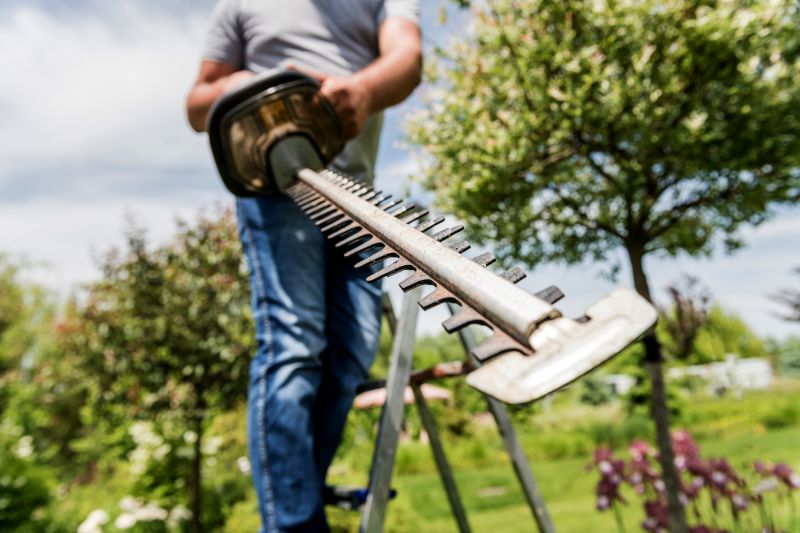
Little measurements that prevent headaches on Hedge Prunings day.
Interested in hedge prunings services? Contact to discuss scheduling and options for maintaining healthy, well-shaped hedges. Proper timing and technique can significantly enhance the appearance and vitality of hedges in any landscape.



